
Dairy Products and Services
Dairy Products and Services
No matter your challenges, Elanco offers a variety of resources for managing youngstock health, milking cow productivity and overall sustainability. They are all backed by a comprehensive technical support team that provides deep expertise and service to help producers establish and achieve their animal health, milk quality and overall business goals.
Solutions that create value in your dairy herd
Elanco provides customized health and knowledge solutions for dairy producers to yield healthy youngstock and productive cows, control flies and pests, advance sustainability and improve management efficiency.
- Youngstock Health
Confidently manage key calf and heifer threats.
- Dairy Cows
Elanco helps dairies maximize each lactation.
Elanco Dairy Product Portfolio
Elanco provides trusted solutions for dairy youngstock health, fly control, sustainability, lactation management and management efficiencies.

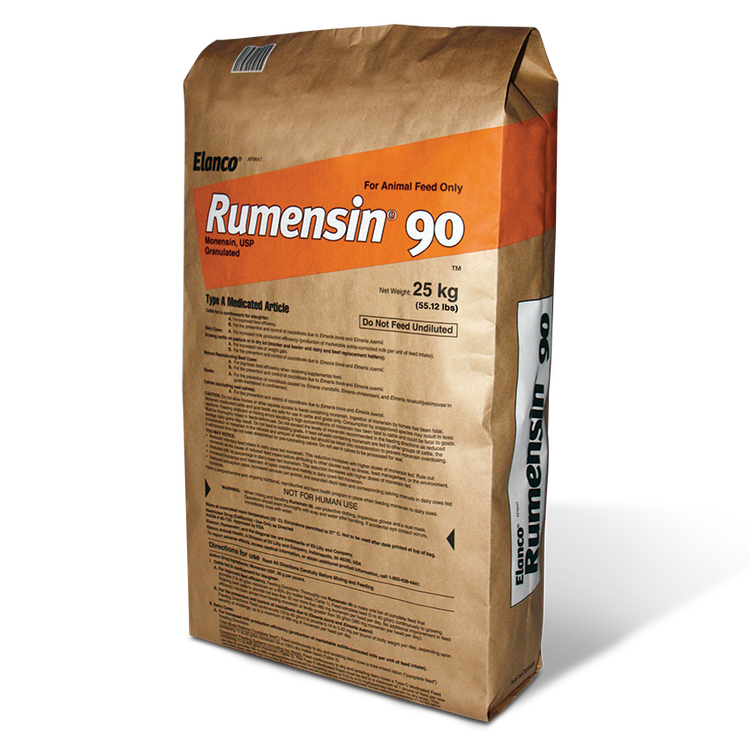
Rumensin®
DAIRY: Rumensin is a proven tool for increased milk production efficiency.


Baytril® 100 (enrofloxacin)
Baytril 100 is a proven tool for BRD treatment and control in beef and non-lactating dairy.

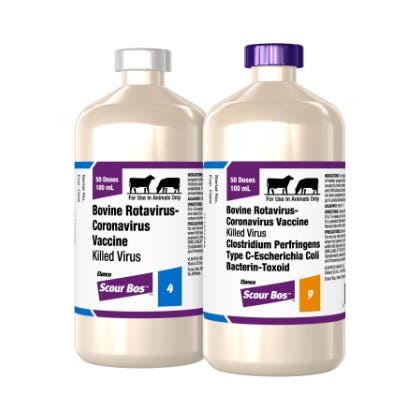
Scour Bos®
Comprehensive protection against up to nine atigens for broad-spectrum coverage against the leading causes of scours.

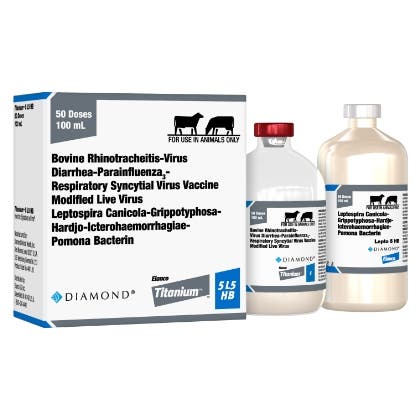
Titanium®
Effective and proven protection agains BRD pathogens without impacting feed intake or milk production.
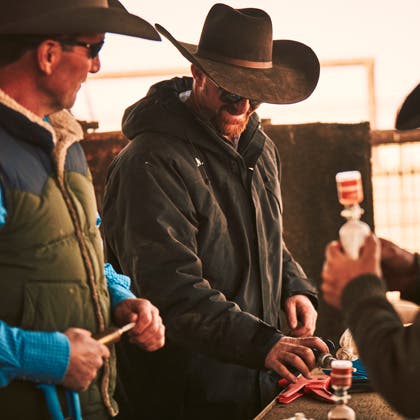
BRD Portfolio
Elanco offers a comprehensive portfolio of proven solutions to prevent, treat and control BRD.

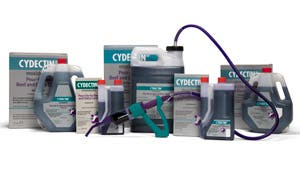
Cydectin® (moxidectin) Pour-On
The only milbemycin cattle dewormer on the market that controls 33 parasites and stages.
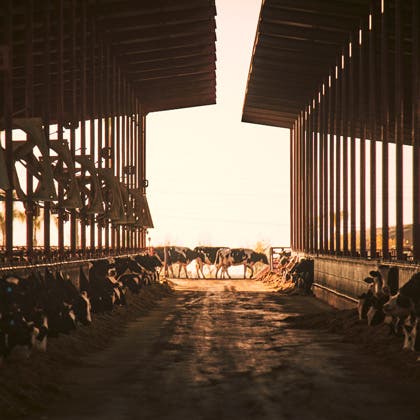
Cattle Fly Control
Elanco offers comprehensive fly control solutions, backed by parasiticide application and expertise.
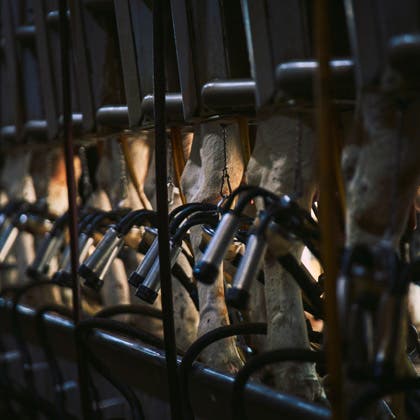
EKS for Dairy
Elanco offers proprietary systems, analytical and production expertise for producers.
Contact an Elanco representative
To find out more about our products and services, please contact one of our knowledgeable representatives today.
Keep Cydectin out of reach of children.
FOR ALL PRODUCTS: The label contains complete use information, including cautions and warnings. Always read, understand and follow the label, and use directions.
Baytril 100
Cautions:
Not for human use. Keep out of reach of children. For subcutaneous use in beef cattle and non-lactating dairy cattle.
Federal (U.S.A.) law restricts this drug to use by or on the order of a licensed veterinarian. Federal (U.S.A.) law prohibits the extra-label use of this drug in food-producing animals.
Indications:
Cattle – Single-Dose Therapy: Baytril 100 is indicated for the treatment of bovine respiratory disease (BRD) associated with Mannheimia haemolytica, Pasteurella multocida, Histophilus somni and Mycoplasma bovis in beef and non-lactating dairy cattle; and for the control of BRD in beef and non-lactating dairy cattle at high risk of developing BRD associated with M. haemolytica, P. multocida, H. somni and M. bovis.
Cattle – Multiple-Day Therapy: Baytril 100 is indicated for the treatment of BRD associated with Mannheimia haemolytica, Pasteurella multocida and Histophilus somni in beef and non-lactating dairy cattle.
Directions for use:
Single-Dose Therapy (BRD Treatment): Administer, by subcutaneous injection, a single dose of 7.5-12.5 mg/kg of body weight (3.4-5.7 mL/100 lbs.).
Multiple-Day Therapy (BRD Treatment): Administer daily, a subcutaneous dose of 2.5-5 mg/kg of body weight (1.1-2.3 mL/100 lbs.).
Treatment should be repeated at 24-hour intervals for three days. Additional treatments may be given on days 4 and 5 to animals that have shown clinical improvement but not total recovery.
Baytril 100 provides flexible subcutaneous injection dosages and durations of therapy.
Do not use in female dairy cattle 20 months of age or older or in calves to be processed for veal.
Talk with your veterinarian to learn more.
Rumensin
Cautions:
Consumption by unapproved species or feeding undiluted may be toxic or fatal. Do not feed to veal calves.
Directions for use:
Dairy Cows:
For increased milk production efficiency (production of marketable solids-corrected milk per unit of feed intake):
Total Mixed Rations (“complete feed”): Feed continuously to dry and lactating dairy cows a total mixed ration (“complete feed”) containing 11 to 22 g/ton monensin on a 100% dry matter basis.
Component Feeding Systems (including top dress): Feed continuously to dry and lactating dairy cows a Type C Medicated Feed containing 11 to 400 g/ton monensin. The Type C Medicated Feed must be fed in a minimum of 1 pound of feed per cow per day to provide 185 to 660 mg/head/day monensin to lactating cows or 115 to 410 mg/head/day monensin to dry cows. This provides cows with similar amounts of monensin they would receive by consuming total mixed rations containing 11 to 22 g/ton monensin on a 100% dry matter basis.
Growing beef steers and heifers on pasture (stocker, feeder and slaughter) or in a dry lot and replacement beef and dairy heifers:
For increased rate of weight gain: Feed 50 to 200 mg/hd/day in at least 1.0 lb. of Type C Medicated Feed. Or, after the fifth day, feed 400 mg/hd/day every other day in 2.0 lbs. of Type C Medicated Feed. The Type C Medicated Feed must contain 15 to 400 g/ton of monensin (90% DM basis). Do not self-feed.
For the prevention and control of coccidiosis due to Eimeria bovis and Eimeria zuernii: Feed at a rate to provide 0.14 to 0.42 mg/lb. of body weight/day, depending upon the severity of challenge, up to a maximum of 200 mg/hd/day. The Type C Medicated Feed must contain 15 to 400 g/ton of monensin (90% DM basis).
Type C free-choice medicated feeds: All Type C free-choice medicated feeds containing Rumensin must be manufactured according to an FDA-approved formula/specification. When using a formula/specification published in the Code of Federal Regulations (CFR), a Medicated Feed Mill license is not required. Use of Rumensin in a proprietary formula/specification not published in the CFR requires prior FDA approval and a Medicated Feed Mill License.
Do not use Titanium® BRSV 3, Titanium® 3 LP, Titanium® 3, Titanium® IBR LP and Titanium® IBR in pregnant cows or in calves nursing pregnant cows. Abortions may result.
Cydectin, Rumensin, Scour Bos, Titanium, Elanco and the diagonal bar logo are trademarks of Elanco or its affiliates.
Baytril is sold by Elanco or its affiliates and is not a Bayer product. The Baytril trademark is owned by Bayer and used under license.
Click to download Cydectin Dewormer Product Label.
Click to download Baytril 100 Product Label.

